 "MojoMotors.com" (MojoMotors)
"MojoMotors.com" (MojoMotors)
02/11/2015 at 11:10 • Filed to: 3D Printing, technology, startup, local motors, assembly line, production, new tech, mojo motors
 3
3
 14
14
 "MojoMotors.com" (MojoMotors)
"MojoMotors.com" (MojoMotors)
02/11/2015 at 11:10 • Filed to: 3D Printing, technology, startup, local motors, assembly line, production, new tech, mojo motors |  3 3
|  14 14 |
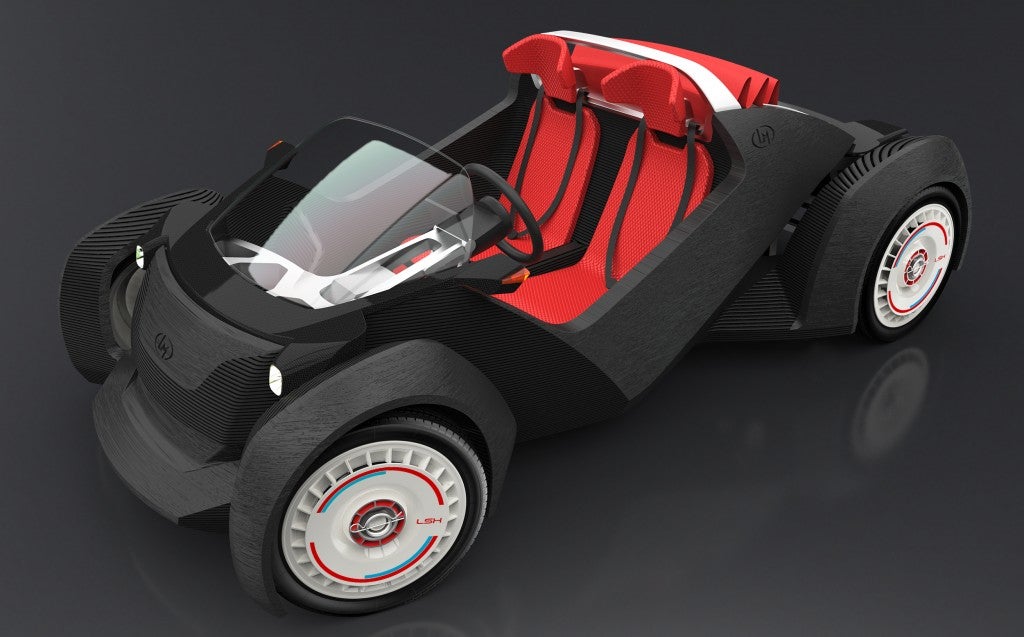
The automotive industry is changing rapidly. There are more than a than a quarter million electric cars on American roads, some of which have a !!!error: Indecipherable SUB-paragraph formatting!!! in between charges. It is !!!error: Indecipherable SUB-paragraph formatting!!! in five states and at least !!!error: Indecipherable SUB-paragraph formatting!!! . Will 3D printing, the Star Trek-esque technology that's been all over the news lately, be the next technology to disrupt the auto industry? The short answer is, yes. It already has.
3D printing isn't all that new. The first 3D printer was developed 30 years ago, in 1984 by engineer Chuck Hull. It didn't take long for automakers to catch on and start utilizing the technology for research and development. Today, 3D print prototyping is a common practice amongst automakers, as it is for designers and engineers in many other fields. But some automakers are looking to leverage 3D printing for production, not only for custom jobs but for the mass market.
How 3D printing works
If you're thinking, 'I should Google what 3D printing is before I continue reading this article,' let us save you the search. These days, there are many types of 3D printing, so we'll explain the process in the most basic sense. 3D printing relies heavily on CAD (computer aided design). Objects are designed on a computer and sent to the printer as a digital blueprint. Rather than ink, 3D printers can use a variety of materials depending on the object .
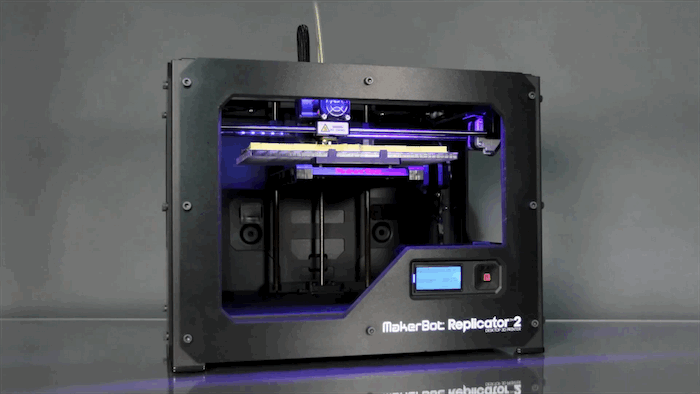
These materials can include plastic, silicone, ceramic, and many types of metals. They are applied layer-by-layer to the object being "printed." As the material is applied, it is hardened using concentrated lasers. You can see the process in action in the MakerBot 3D printer above. Instead of separate pieces being manufactured and assembled, the finished product is created in one piece.
Automakers already use it
The Ford Motor Company saw potential for the technology early on and purchased the third 3D printer ever built. The F150s being built today aren't printed from scratch, Henry Ford's assembly still dictates production, but Ford does use 3D printing in their development process.
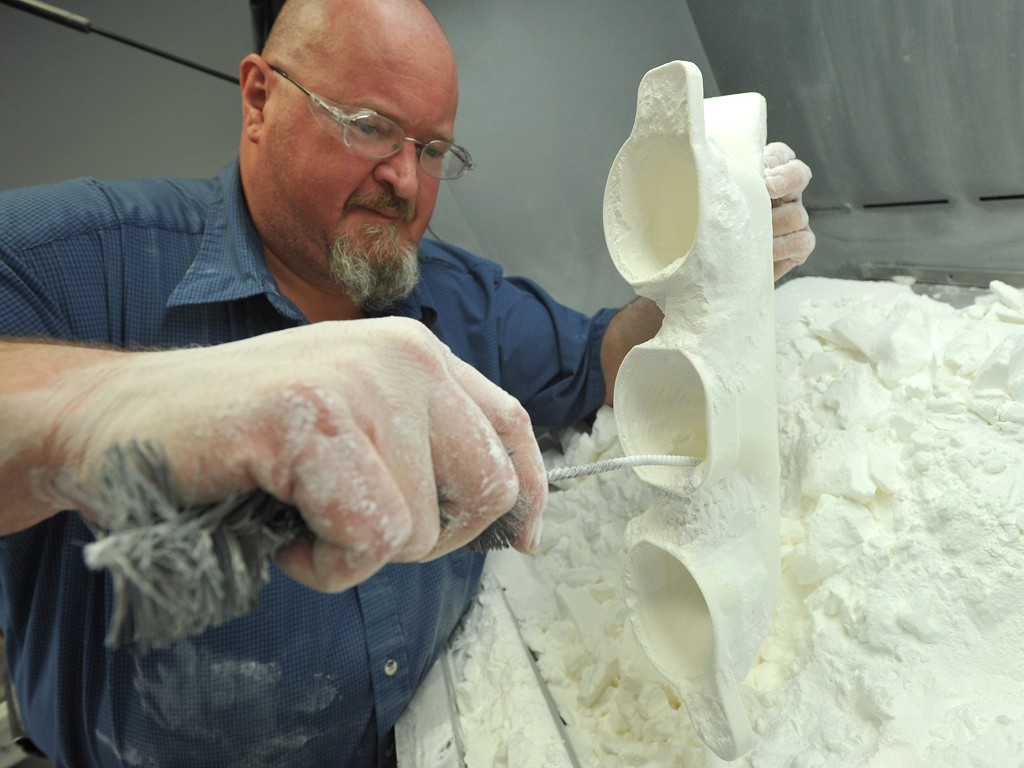
Using traditional manufacturing methods, it would be too costly and take too much time to produce multiple designs for a single purpose. Think of something like a sideview mirror, a door handle or an air duct. Engineers use computer analysis to test their designs virtually, and then choose the best. From those results, they may only produce 1 to 3 real models for real-world testing, and choose the final design from that.
The problem is that computer programs have limitations and do not fully substitute real world testing. 3D printing makes it cost-effective to test multiple designs, so product developers can catch design flaws and make a better decision on which design to send to production. Ford got started early, but now almost every automotive manufacturer uses 3D printing as a design aid.
Could 3D printing help a small automaker penetrate the market?
That's exactly what Local Motors is betting on. For those that don't know, they're the company behind the !!!error: Indecipherable SUB-paragraph formatting!!! which was featured in !!!error: Indecipherable SUB-paragraph formatting!!! last year. Now they're eyeing the 3D printing market as the future of automotive production. At this year's NAIAS, Local Motors brought their own apartment-sized 3D printer and printed an entire car on sight . They call it the Strati. The printing process took 44 hours, after which the components that couldn't be printed were installed.
The Local Motors demonstration proves one thing in particular —3D printing is a highly flexible practice. The company's entire production facility occupies only 44,000 square feet, which Local Motors calls a "microfactory." They plan to build 100 microfactories over the next decade. That's a lofty goal, but remember that each location is a manufacturing facility as well as a store, providing them with a nationwide sales network and eliminating freight costs. Best of all, every car is built-to-order, which eliminates excess inventory that burdens traditional car dealerships.
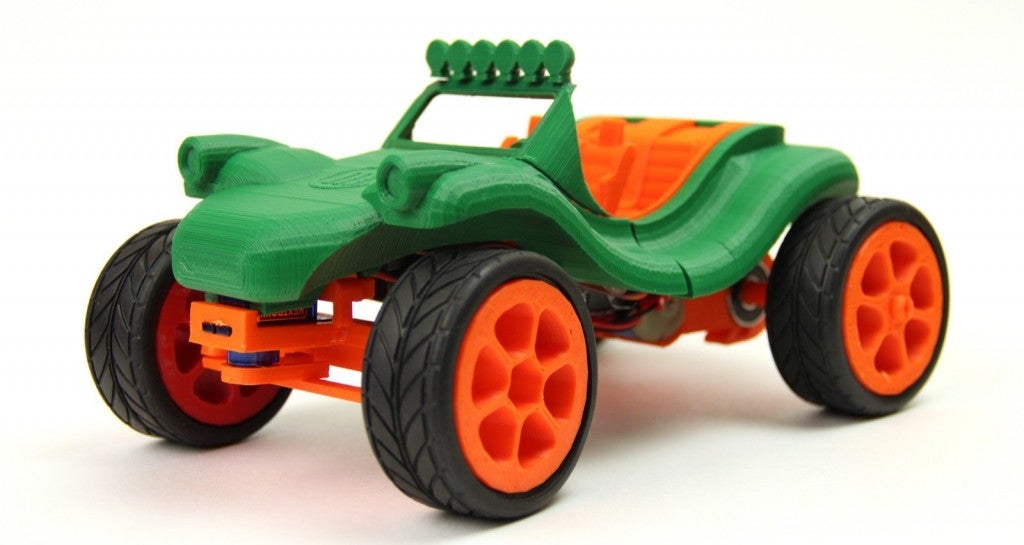
From a logistical standpoint, printed to order cars sound like a great idea. But it doesn't explain why someone would purchase a 3D printed car over a traditional one. With an expected price tag between $18,000-$30,000, the Local Motors Strati is the same price as most standard cars sold today, but it won't be a 'Camry killer.' The Strati is a huge step forward, but still not enough to penetrate the mass market. It's electric, which is already a complicated segment to sell in. It is also not permitted for use on highways, although Local Motors is looking to change that in 2015. For now, the Strati is an excellent publicity generator for Local Motors, but not even close to being a threat to established automakers.
Current Limitations of 3D Printing
Since Toyota developed "lean production" methods in the 1990's, automotive manufacturing has become very efficient. With the current production demands of major automakers, there's just no possible way 3D printers could match those numbers in a cost-effective manor.
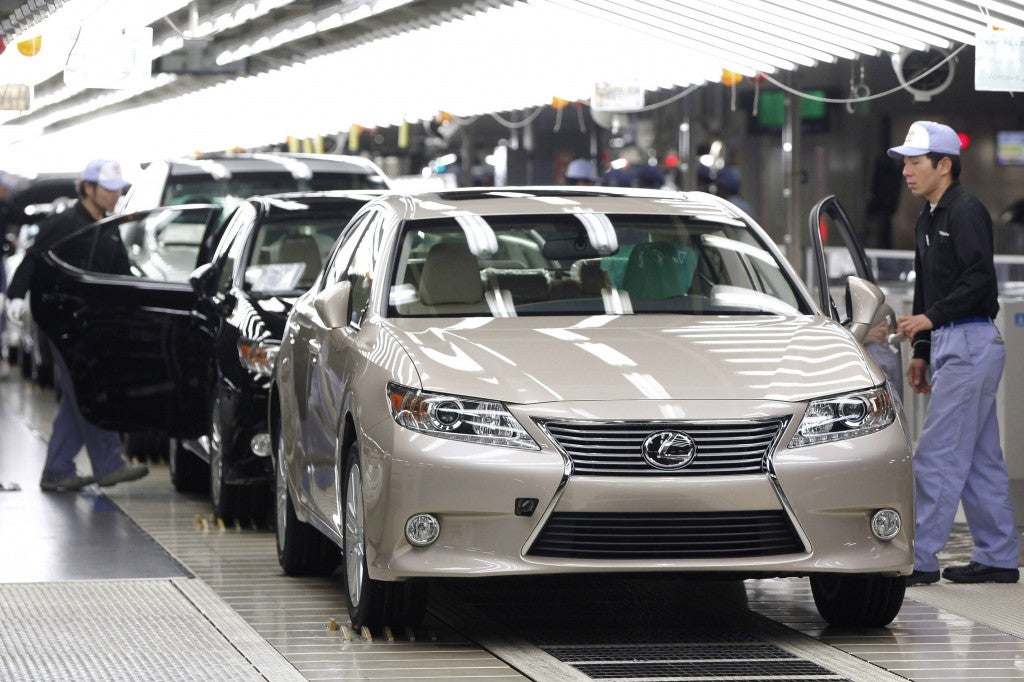
But just for fun , let's imagine that a large, forward-thinking automaker has decided they wanted to invest in 3D printing all of their cars. The production time for the Strati is 44 hours currently, but they hope to get that time down to 24 hours, so let's use that. Now let's pretend that the first mover is Nissan.
In 2013, Nissan was the 6th largest automaker by production and they sold 5.1 million vehicles. Annualized this means they had to one average manufacture at least 13,973 vehicles per day. If Nissan were to print these and they matched the 24-hour target proposed by Local Motors, they would need 13,973 3D printers to meet demand.
Assuming each 3D printer was a part of a microfactory, this would require more microfactories than there are Walmart stores worldwide. Nissan currently operates 42 mass production plants around the world, so this would be a massive transition to say the least. What do these calculations tell us? Nothing that we didn't already know, but it's fun to play with numbers. 3D printing is a useful technology that has its place in many industries, but for now it's safe to say the assembly line is not going anywhere.
High-End, Custom and Classic Marketplace
One area where 3D printing could make a big impact is aftermarket and specialty parts. One of the big issues with restoring vintage cars is that replacement parts are difficult to find. The parts have usually been discontinued for decades and the demand isn't great enough for any manufacturer to produce them again. 3D printers could replicate these parts in small batches, or even for a single customer. But why stop there?
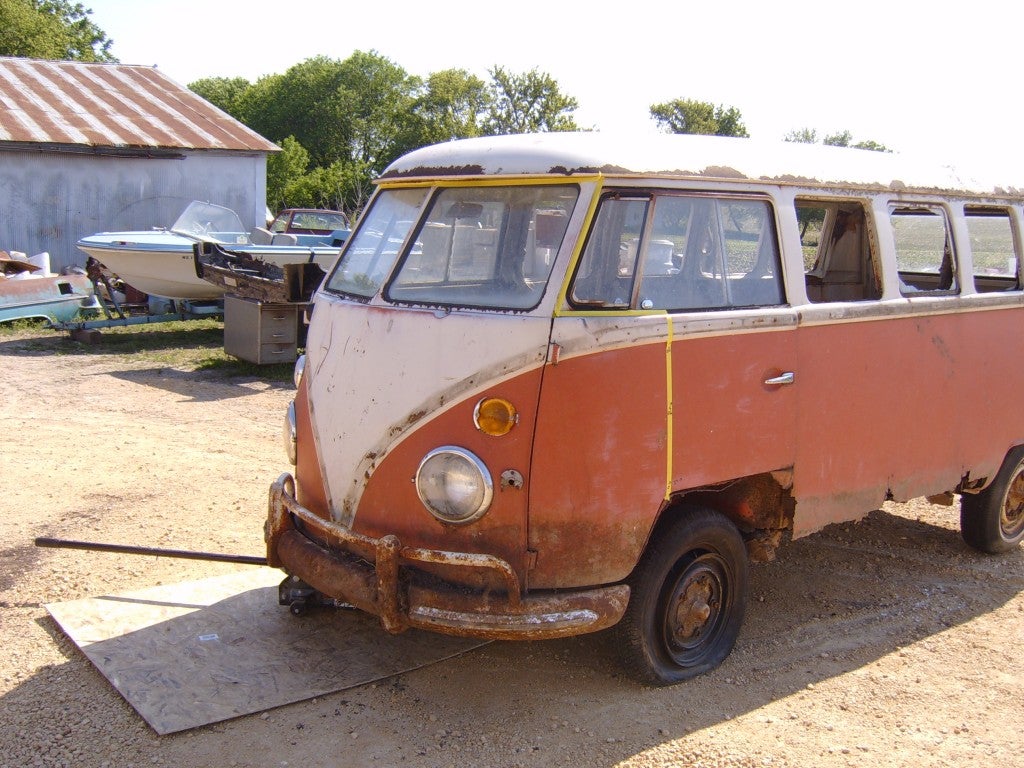
Cars today are designed with CAD from the onset, so replicating parts with a 3D printer wouldn't require a technological jump. Large automotive retailers like Autozone, Advanced Auto Parts and Pep Boys have to forecast what parts will be needed in their store and buy accordingly. Even the best buyer and allocator can't predict 100% what will sell, so stores are stuck with a ton of discounted and unsold merchandise in inventory. With the use of 3D printing, retailers could manufacture products on-location (with an agreement from the OEM, of course). In other words, the demand would proceed the supply, instead of the other way around.
To sum it all up, 3D printing is both an essential component of the automotive industry and an anomalous technology that's still maturing. Local Motors probably knows that the Strati isn't going to make a noticeable dent in the new car market when it's released, but their demonstration at NAIAS brought them invaluable publicity and proved the concept. As with most new technologies, the biggest limiting factor for 3D printing right now is cost. But if there's one thing we know about technology, it's that the longer it's around, the cheaper it gets.
!!! UNKNOWN CONTENT TYPE !!!
!!!error: Indecipherable SUB-paragraph formatting!!!
!!!error: Indecipherable SUB-paragraph formatting!!!
Mojo Motors is a website where shoppers Follow used cars and trucks to get alerts when dealers drop prices, sell cars and bring similar vehicles into inventory.
 CalzoneGolem
> MojoMotors.com
CalzoneGolem
> MojoMotors.com
02/11/2015 at 11:16 |
|
It will change any industry that produces physical products.
 SidewaysOnDirt still misses Bowie
> MojoMotors.com
SidewaysOnDirt still misses Bowie
> MojoMotors.com
02/11/2015 at 11:19 |
|
I can't wait until the Carbon Fiber ones get a little bigger. I'm totally going to print my own single seater.
 spanfucker retire bitch
> MojoMotors.com
spanfucker retire bitch
> MojoMotors.com
02/11/2015 at 11:31 |
|
It'll be used probably the most for the high-performance and boutique manufacturers. Like Koenigsegg is already utilizing. Their Turbos are too complex to cast properly, so they have to 3D print them.
 MojoMotors.com
> spanfucker retire bitch
MojoMotors.com
> spanfucker retire bitch
02/11/2015 at 11:34 |
|
If Koenigsegg is doing it, then it must be the future.
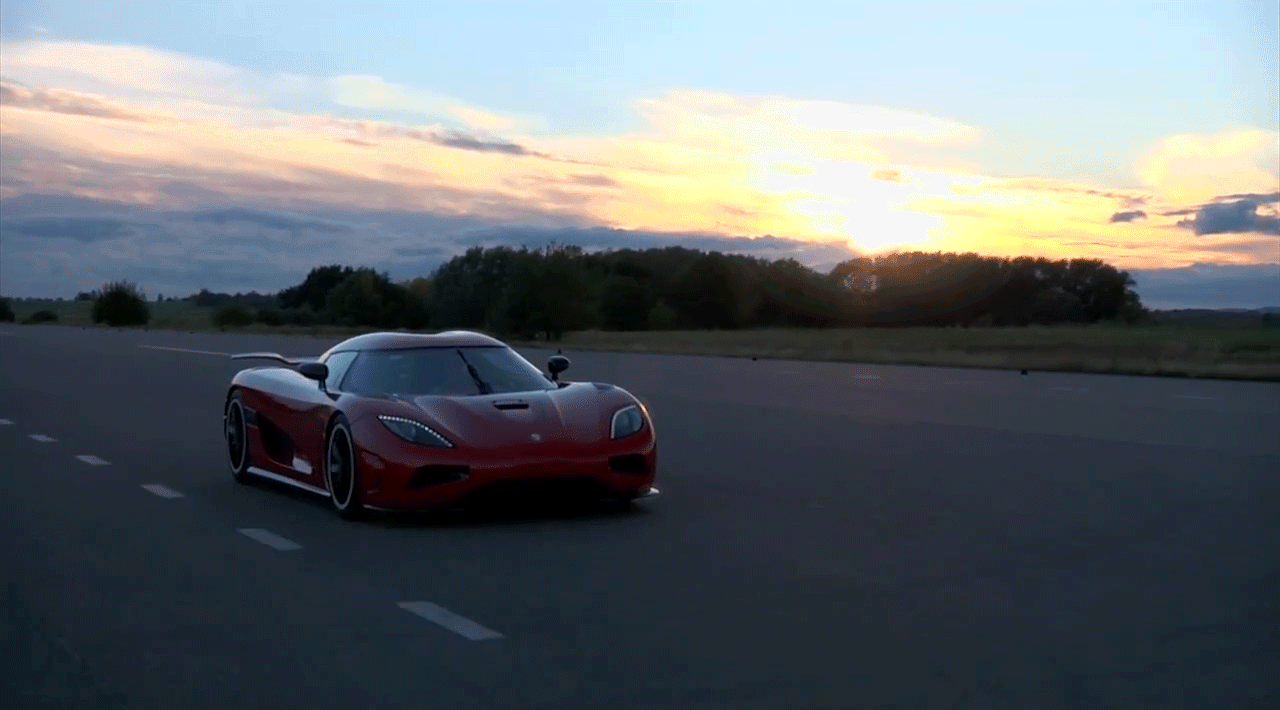
 spanfucker retire bitch
> MojoMotors.com
spanfucker retire bitch
> MojoMotors.com
02/11/2015 at 11:36 |
|
Pretty much. I know they 3D print their titanium exhausts as well, but I don't think they need to, so much as they can.
 MojoMotors.com
> SidewaysOnDirt still misses Bowie
MojoMotors.com
> SidewaysOnDirt still misses Bowie
02/11/2015 at 11:36 |
|
Totally, the Markforg3d CF printers are awesome. Gonna be a while before they are big enough for a single seater though.
 MojoMotors.com
> spanfucker retire bitch
MojoMotors.com
> spanfucker retire bitch
02/11/2015 at 11:36 |
|
Very cool, we'll have to check that out.
 Übel
> MojoMotors.com
Übel
> MojoMotors.com
02/11/2015 at 12:15 |
|
I got to ride in one of the Local Motors cars. It was pretty sweet. That is all
 BigBlock440
> MojoMotors.com
BigBlock440
> MojoMotors.com
02/11/2015 at 12:26 |
|
In 2013, Nissan was the 6th largest automaker by production and they sold 5.1 million vehicles. Annualized this means they had to one average manufacture at least 13,973 vehicles per day. If Nissan were to print these and they matched the 24-hour target proposed by Local Motors, they would need
13,973 3D printers
to meet demand.
Manufacturing plants aren't small, they'd likely have double, if not triple, digit numbers of these at each location. Granted, I think it's still slower than regular assembly and I don't see it changing anything in high volume manufacturing for a while, if ever, but I don't think the number of printers required is the problem.
 MojoMotors.com
> BigBlock440
MojoMotors.com
> BigBlock440
02/11/2015 at 12:33 |
|
Yeah, there's certainly a lot of variables involved here. We were just doing a little "what if" thought exercise. We see this technology being adopted for small-batch, highly customizable vehicles first, and it might not ever replace the assembly line for large-scale production.
But imagine the potential in places where it is difficult to ship new vehicles or replacement parts, like Bermuda. It could be more efficient for Nissan to print cars or replacement parts in a place like that. Just spitballing here...
 tromoly
> MojoMotors.com
tromoly
> MojoMotors.com
02/11/2015 at 13:59 |
|
Take a fiberglass panel. Now glue it to another panel. Now glue another panel on that, and repeat until you have the shape of a car. From a strength perspective, that's basically what that Local motors car is, it's really not as strong as it should be. FDM doesn't belong in structural applications.
Laser sintering is awesome, quite a few FSAE teams are having uprights / spindles / differentials made that way, however the cost is super high, the people I spoke to costed by weight of material and a part that used 1/4-pound of Aluminum would cost $800 to produce. That's spendy.
So is 3D printing the future? For mass production, no. But for some boutique-type stuff, maybe.
 MojoMotors.com
> tromoly
MojoMotors.com
> tromoly
02/11/2015 at 14:01 |
|
What about for specific parts on mass production cars?
 tromoly
> MojoMotors.com
tromoly
> MojoMotors.com
02/11/2015 at 17:21 |
|
What would be cheaper to 3D print than make with a "traditional" method? Injection molded parts are cheap, the tooling is expensive but over ~100k units the tooling cost is easily absorbed. Casting with some machining clean-up is cheap, recently I quoted a small part as mentioned before and it cost almost 5x as much to have it laser sintered than cast and machined, imagine how much more a large part would cost.
As I type this I'm working on repairing one of our 3D printers, having first-hand experience with in-house printing in addition to outsourcing both traditional and 3D printing manufacturing I don't see how an average-Joe automobile could be built purely from a 3D printing process.
 HFV has no HFV. But somehow has 2 motorcycles
> MojoMotors.com
HFV has no HFV. But somehow has 2 motorcycles
> MojoMotors.com
02/15/2015 at 00:45 |
|
What about just a steering wheel? that'd be awesome.